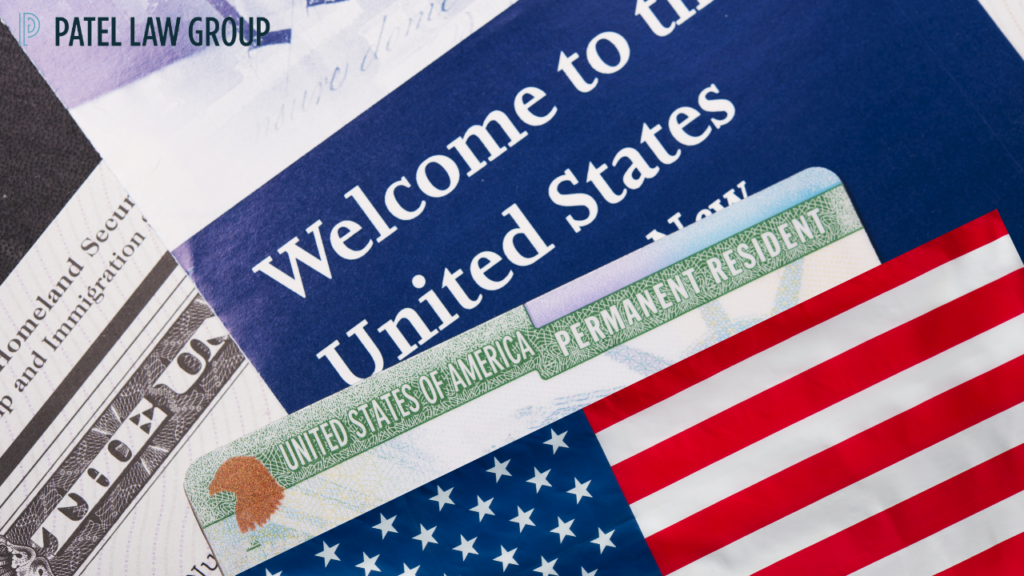For many immigrants, U.S. citizenship is the ultimate goal. However, the path to naturalization requires meeting several key requirements. Among the most important are the continuous residence and physical presence requirements. While these terms may seem similar, they have distinct legal meanings and implications. Understanding these requirements is essential for any lawful permanent resident (LPR) seeking to become a U.S. citizen.
Continuous Residence Requirement
Continuous residence refers to the requirement that an applicant must have maintained a permanent dwelling in the United States for a specified period before applying for naturalization. The key points include:
- Duration: Generally, an applicant must have continuously resided in the U.S. for at least five years as an LPR before filing for naturalization. For those married to a U.S. citizen, this period is reduced to three years.
- Absences: Absences from the U.S. can disrupt continuous residence. An absence of six months to one year may break the continuity unless the applicant can prove they did not abandon their residence. Absences of one year or more generally break the continuity of residence unless specific exceptions apply, such as filing an application to preserve residence (Form N-470) for certain employment abroad.
- Rebutting the Presumption: If you’re absent for more than six months but less than a year, you may be able to prove that you did not abandon your residence by providing evidence like continued employment, family ties, or maintaining a U.S. home.
- Re-establishing Residence: If you’re absent for over a year and your continuous residence is broken, the Applicant will need to re-establish the required period of residence before applying for naturalization.
Physical Presence Requirement
Physical presence is distinct from continuous residence and refers to the total number of days an applicant must be physically present in the U.S. during the statutory period before applying for naturalization. Key aspects include:
- Duration: An applicant must have been physically present in the U.S. for at least 30 months out of the five years preceding the application. For those married to a U.S. citizen, the requirement is 18 months out of three years.
- Counting Days: Only days physically spent in the U.S. count towards this requirement. Time spent abroad, even if brief, does not count towards physical presence.
- Tracking Days: It’s essential to maintain an accurate record of travel dates and keep supporting documentation like plane tickets, boarding passes, or entry/exit stamps in your passport.

Special Considerations
Certain exceptions and provisions can affect these requirements:
- Employment Abroad: LPRs employed by the U.S. government, certain American institutions, or international organizations may preserve their continuous residence while working abroad by filing Form N-470. In addition, a spouse married to a US Citizen who is working abroad under “Qualified Employment” is not subject to the Continuous Residence and Physical Presence requirements.
For more information, please see our article: Overseas Employment and Citizenship: A Guide for Immigrant Spouses
- Military Service: Members of the U.S. armed forces may be eligible for exceptions to the continuous residence and physical presence requirements under certain conditions.
Conclusion
Meeting the continuous residence and physical presence requirements is crucial for a successful naturalization application. Each applicant’s circumstances are unique, and careful documentation and planning are necessary to ensure compliance with these requirements. Here at PLG, we are dedicated to guiding clients through these complexities, helping them achieve their goal of becoming U.S. citizens. If you have questions, please feel free to contact me at cprescott@patellegal.com.